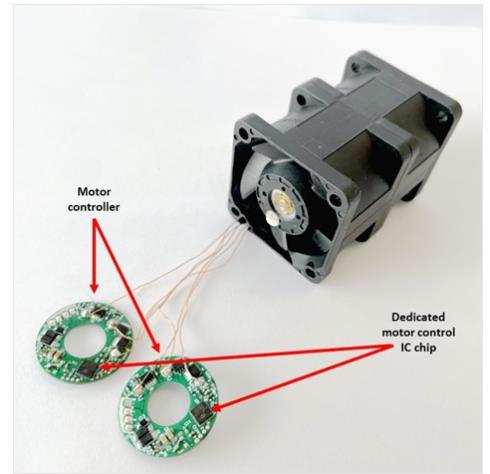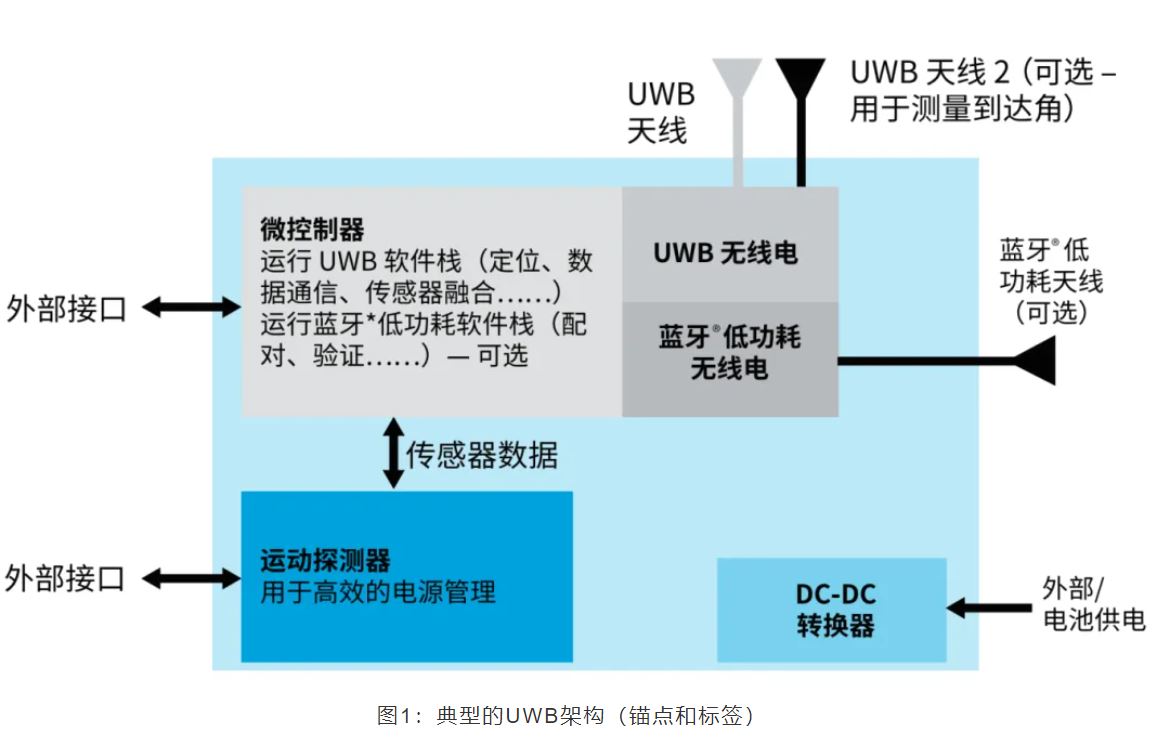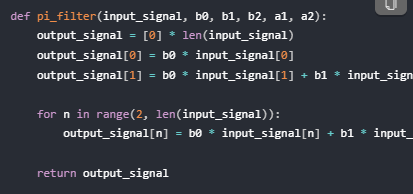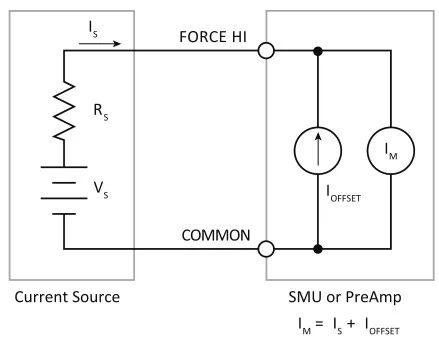驱动程序:
#include “linux/module.h”
#include “linux/kernel.h”
#include “linux/fs.h”
#include “linux/init.h”
#include “linux/delay.h”
#include “asm/uaccess.h”
#include “asm/irq.h””
#include “asm/io.h”
#include “asm/arch/regs-gpio.h”
#include “”asm/hardware.h”
#include “linux/proc_fs.h”
#define MYLOG_BUF_LEN 1024
struct proc_dir_entry *myentry;
static char mylog_buf[MYLOG_BUF_LEN];
static char tmp_buf[MYLOG_BUF_LEN];
static int mylog_r = 0;
static int mylog_r_for_read = 0;
static int mylog_w = 0;
static DECLARE_WAIT_QUEUE_HEAD(mymsg_waitq);
static int is_mylog_empty(void)
{
return (mylog_r == mylog_w);
}
static int is_mylog_empty_for_read(void)
{
return (mylog_r_for_read == mylog_w);
}
static int is_mylog_full(void)
{
return ((mylog_w + 1)% MYLOG_BUF_LEN == mylog_r);
}
static void mylog_putc(char c)
{
if (is_mylog_full())
{
// 丢掉一个数据 //
mylog_r = (mylog_r + 1) % MYLOG_BUF_LEN;
if ((mylog_r_for_read + 1) % MYLOG_BUF_LEN == mylog_r)
{
mylog_r_for_read = mylog_r;
}
}
mylog_buf[mylog_w] = c;
mylog_w = (mylog_w + 1) % MYLOG_BUF_LEN;
// 唤醒等候数据的进程 //
wake_up_interruptible(&mymsg_waitq); // 唤醒休眠的进程 //
}
static int mylog_getc(char *p)
{
if (is_mylog_empty())
{
return 0;
}
*p = mylog_buf[mylog_r];
mylog_r = (mylog_r + 1) % MYLOG_BUF_LEN;
return 1;
}
static int mylog_getc_for_read(char *p)
{
if (is_mylog_empty_for_read())
{
return 0;
}
*p = mylog_buf[mylog_r_for_read];
mylog_r_for_read = (mylog_r_for_read + 1) % MYLOG_BUF_LEN;
return 1;
}
int myprintk(const char *fmt, …)
{
va_list args;
int i;
int j;
va_start(args, fmt);
i = vsnprintf(tmp_buf, INT_MAX, fmt, args);
va_end(args);
for (j = 0; j < i; j++)
mylog_putc(tmp_buf[j]);
return i;
}
static ssize_t mymsg_read(struct file *file, char __user *buf,
size_t count, loff_t *ppos)
{
int error = 0;
int i = 0;
char c;
// 把mylog_buf的数据copy_to_user, return //
if ((file->f_flags & O_NONBLOCK) && is_mylog_empty_for_read())
return -EAGAIN;
//printk(“%s %d\n”, __FUNCTION__, __LINE__);
//printk(“count = %d\n”, count);
//printk(“mylog_r = %d\n”, mylog_r);
//printk(“mylog_w = %d\n”, mylog_w);
error = wait_event_interruptible(mymsg_waitq, !is_mylog_empty_for_read());
//printk(“%s %d\n”, __FUNCTION__, __LINE__);
//printk(“count = %d\n”, count);
//printk(“mylog_r = %d\n”, mylog_r);
//printk(“mylog_w = %d\n”, mylog_w);
while (!error && (mylog_getc_for_read(&c)) && i < count) {
error = __put_user(c, buf);
buf++;
i++;
}
if (!error)
error = i;
return error;
}
static int mymsg_open(struct inode *inode, struct file *file)
{
mylog_r_for_read = mylog_r;
return 0;
}
const struct file_operations proc_mymsg_operations = {
.open = mymsg_open,
.read = mymsg_read,
};
static int mymsg_init(void)
{
myentry = create_proc_entry(“mymsg”, S_IRUSR, &proc_root);
if (myentry)
myentry->proc_fops = &proc_mymsg_operations;
return 0;
}
static void mymsg_exit(void)
{
remove_proc_entry(“mymsg”, &proc_root);
}
module_init(mymsg_init);
module_exit(mymsg_exit);
EXPORT_SYMBOL(myprintk);
===============================================================
解析:
当其他驱动程序调用自定义的myprintk函数打印数据时不会立即把数据打印在前台显现,而是把数据放在mylog_buf环形缓冲区中保存,当应用程序检查proc/mymsg时,即履行:cat /proc/mymsg时会调用mymsg_read函数读取环型缓冲区,假如缓冲区中有数据会调用__put_user回来,假如没有数据体系会休眠。
声明:本文内容来自网络转载或用户投稿,文章版权归原作者和原出处所有。文中观点,不代表本站立场。若有侵权请联系本站删除(kf@86ic.com)https://www.86ic.net/changshang/jieda/263406.html









